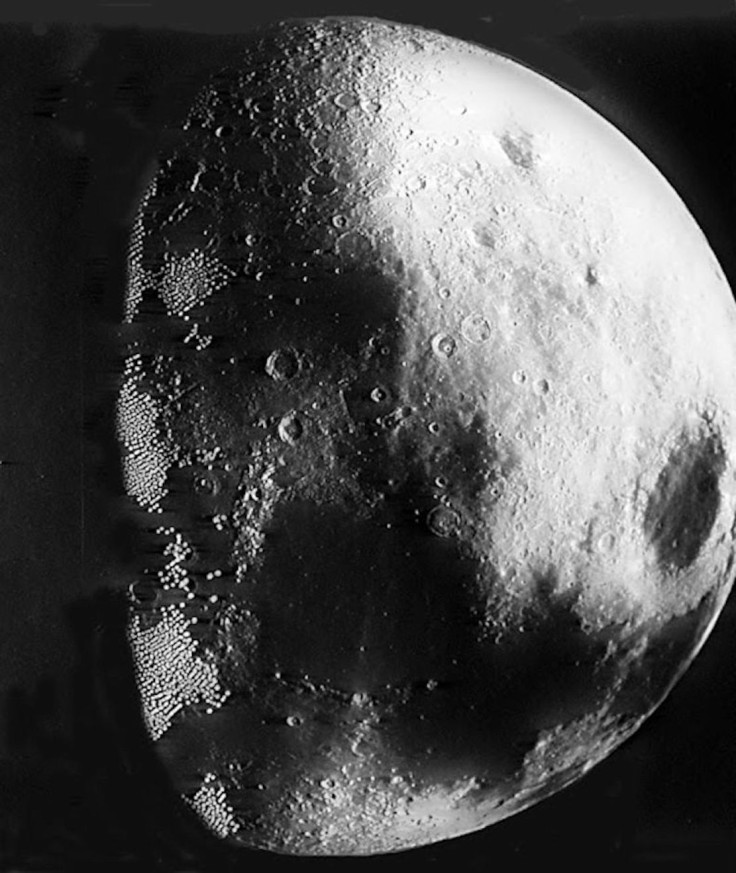Moon Shows Signs Of Recent Tectonic Activity, Researchers Reveal

KEY POINTS
- Geologists detected signs of tectonic activity on the Moon
- Fresh rocks and boulders revealed a system of ridges
- Moon's tectonic activity was caused by a powerful impact
A group of geologists discovered that the Moon may still be seismically active. In a new study, the geologists explained how they detected recent tectonic activity on Earth’s natural satellite.
The geologists were able to carry out their study using the Lunar Reconnaissance Orbiter’s (LRO) Diviner instrument, which measures the temperature of the Moon’s surface. Their findings were presented in a new study published in the journal Geology.
Many scientists have long believed that the Moon is already a dead and inactive satellite. During NASA’s Apollo lunar mission, seismometers placed on the surface of the Moon detected weak ground movement below the surface, which were referred to as moonquakes.
However, unlike Earth, the Moon doesn’t have tectonic plates that could cause seismic activity. As a result, scientists attributed the moonquakes to the Moon’s gravitational interactions with the Moon.
Recently, through the data collected by the LRO, geologists discovered regions on the Moon with varying temperature readings. Upon closer inspection, the geologists learned that these regions contain relatively fresh boulders and rocks from a previously hidden system of ridges.
“Exposed blocks on the surface have a relatively short lifetime because the regolith buildup is happening constantly,” planetary Peter Schultz of Brown University and co-author of the study said in a statement. “So when we see them, there needs to be some explanation for how and why they were exposed in certain locations.”
As explained by the geologists, the newly exposed ridges may have surged upward due to the movement of magma within the Moon’s interior. This may have been caused by a massive impact on the Moon’s surface that happened a long time ago.
The impact, which created the 2,500-kilometer wide South Pole-Aitken Basin, might have created a series of deep cracks on the surface of the Moon. Eventually, these cracks became filled with magma.
According to the geologists, the impact was so powerful that its effects can still be detected today.
“Giant impacts have long-lasting effects,” Schultz explained. “The Moon has a long memory. What we're seeing on the surface today is testimony to its long memory and secrets it still holds.”
© Copyright IBTimes 2025. All rights reserved.





















